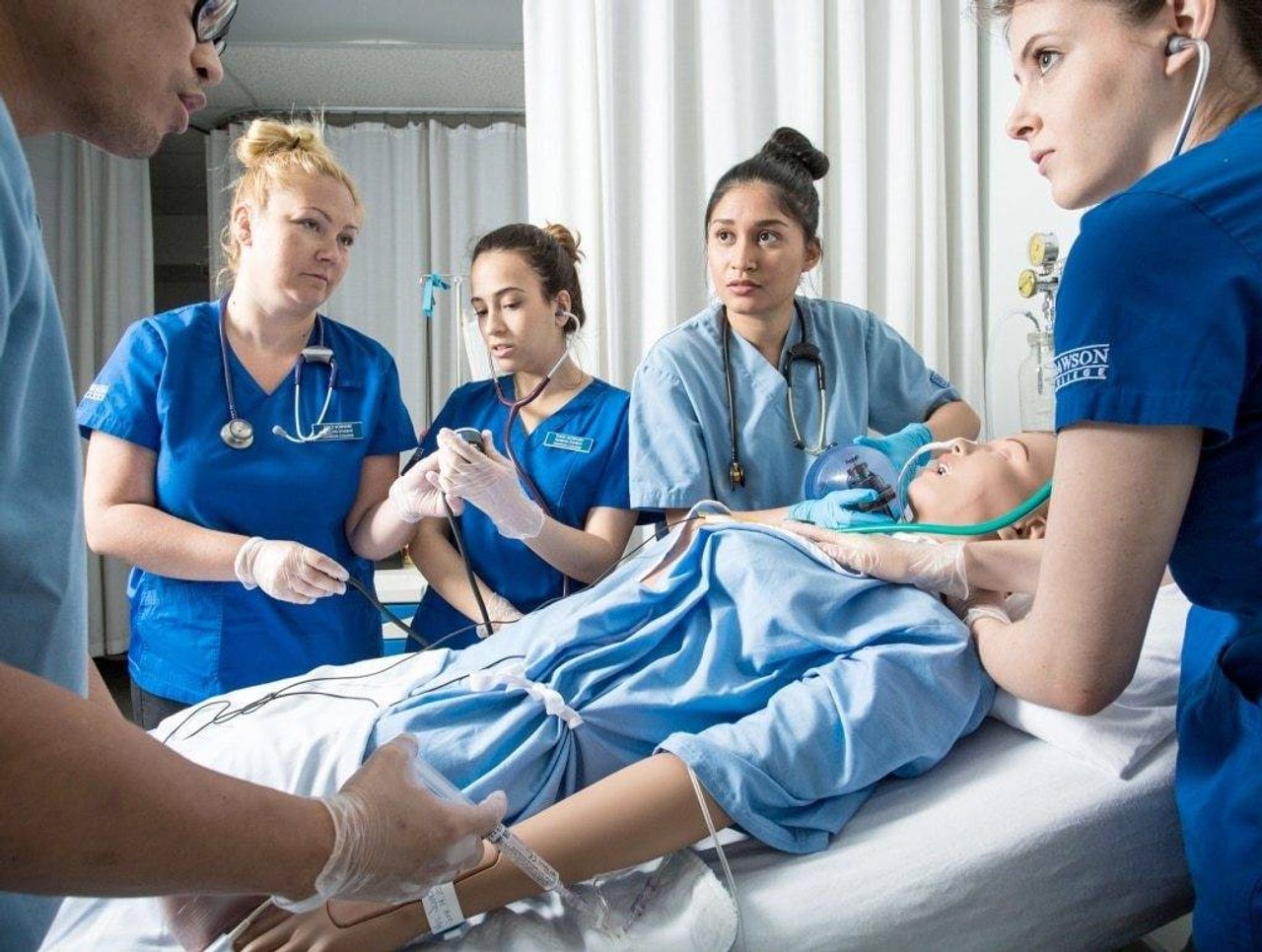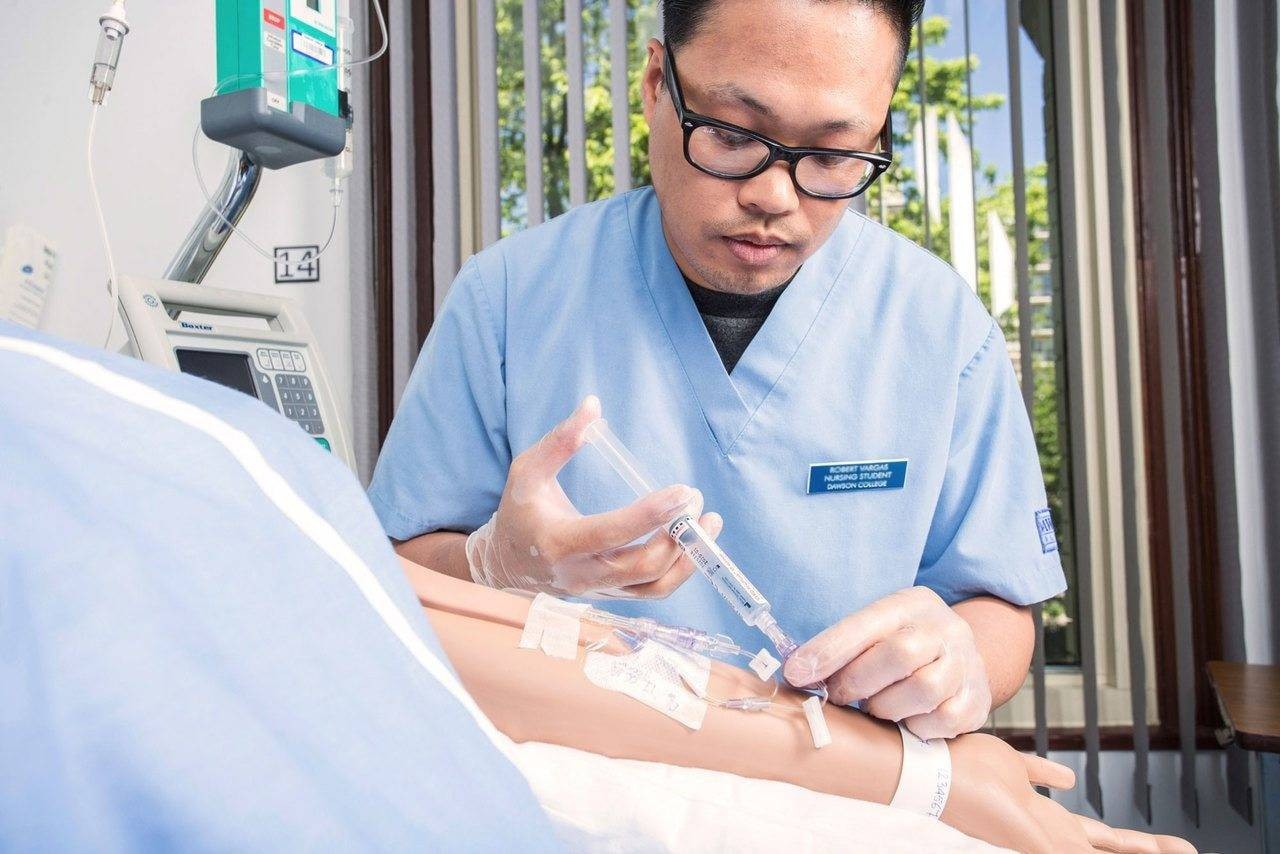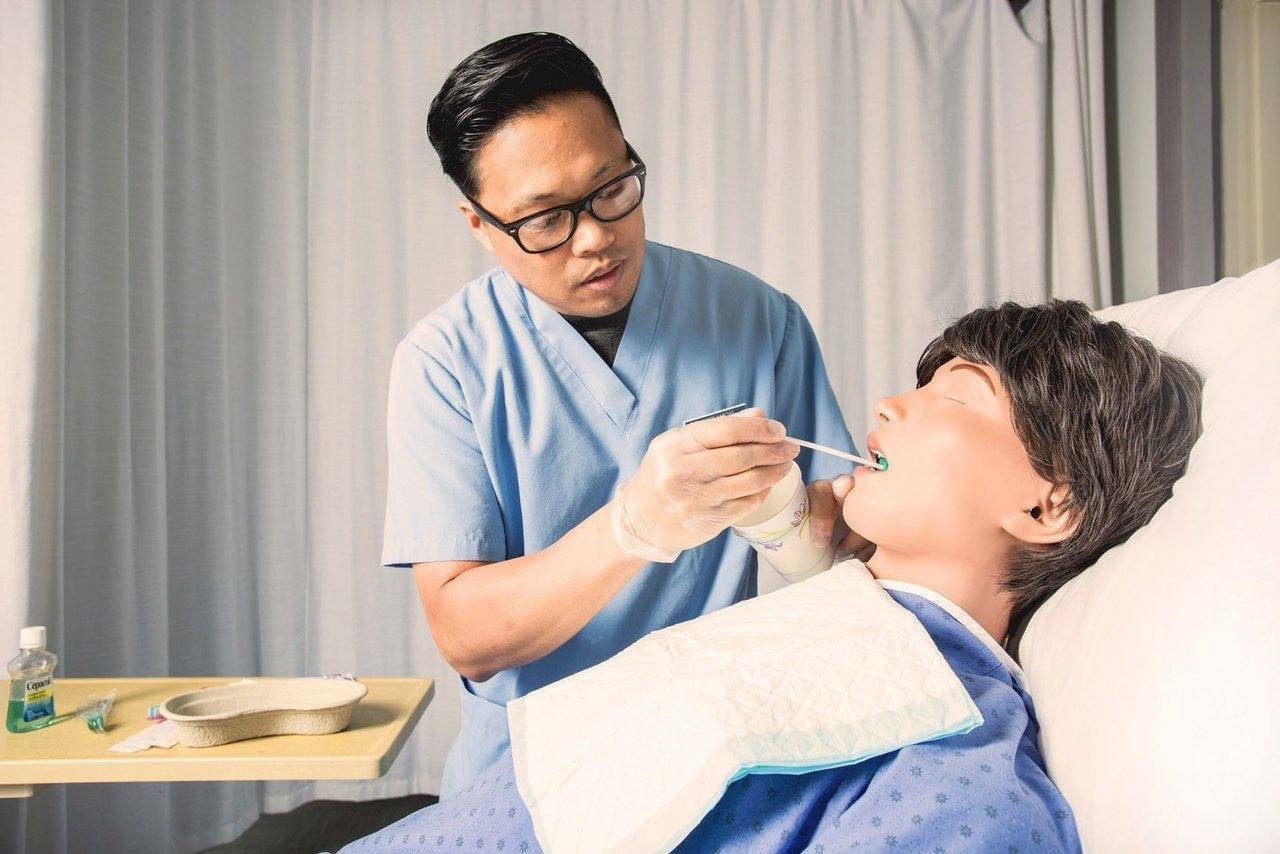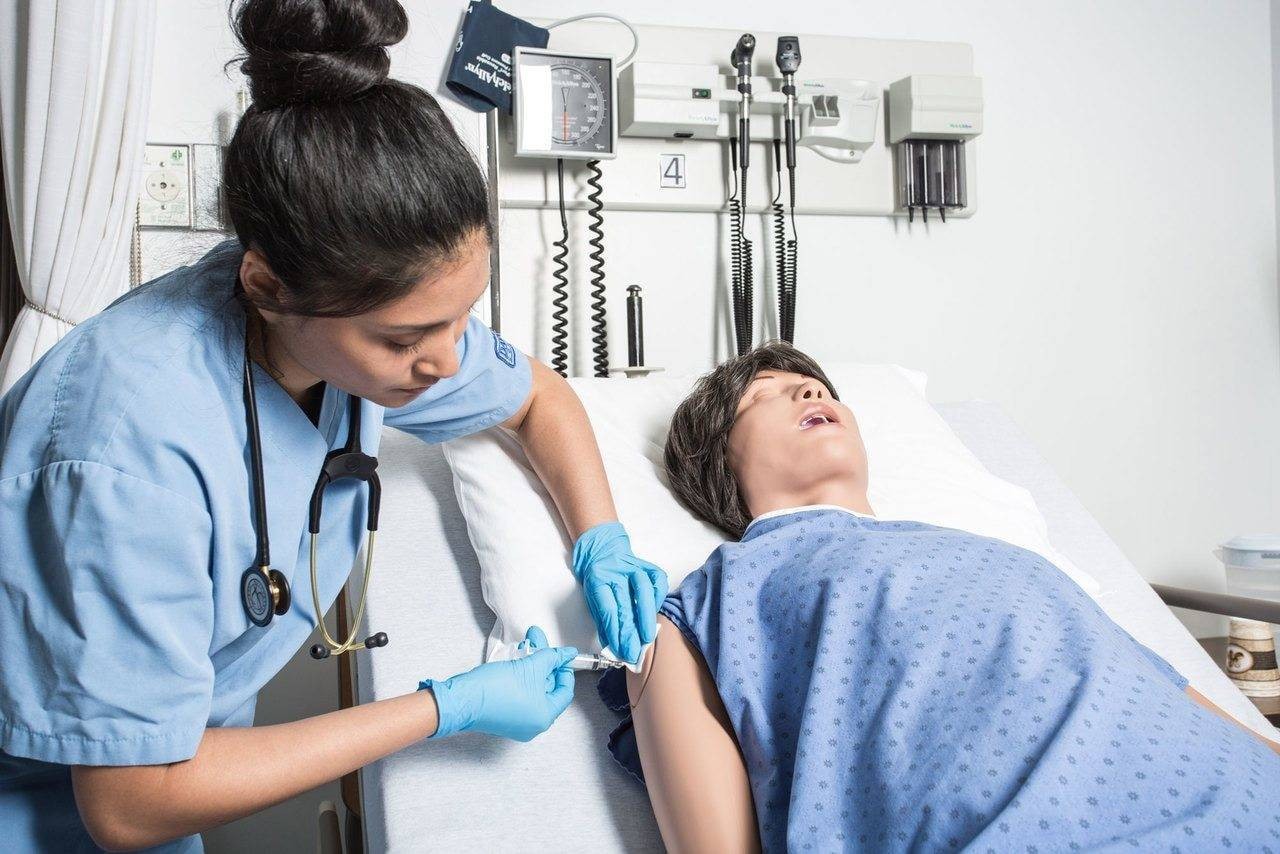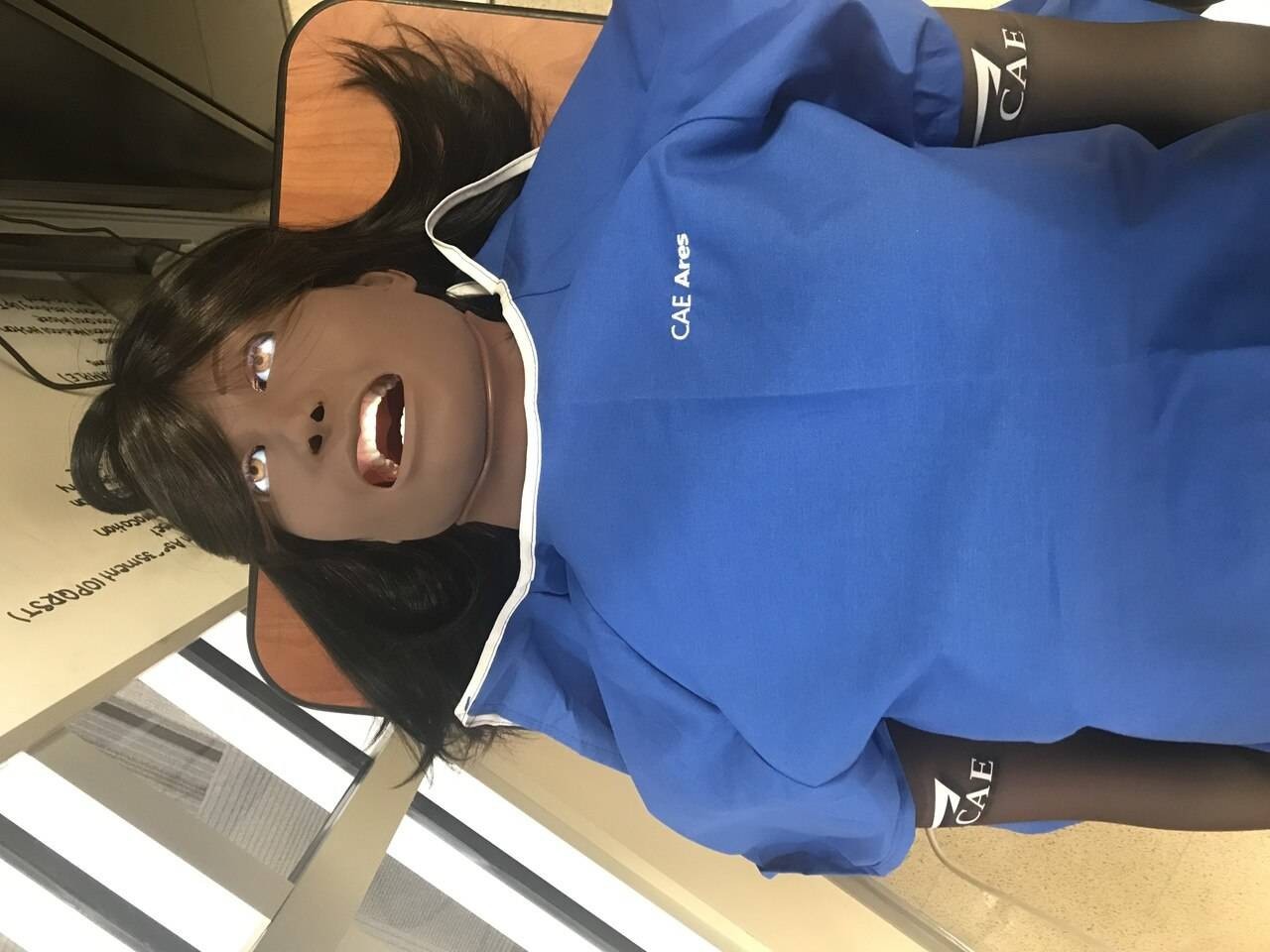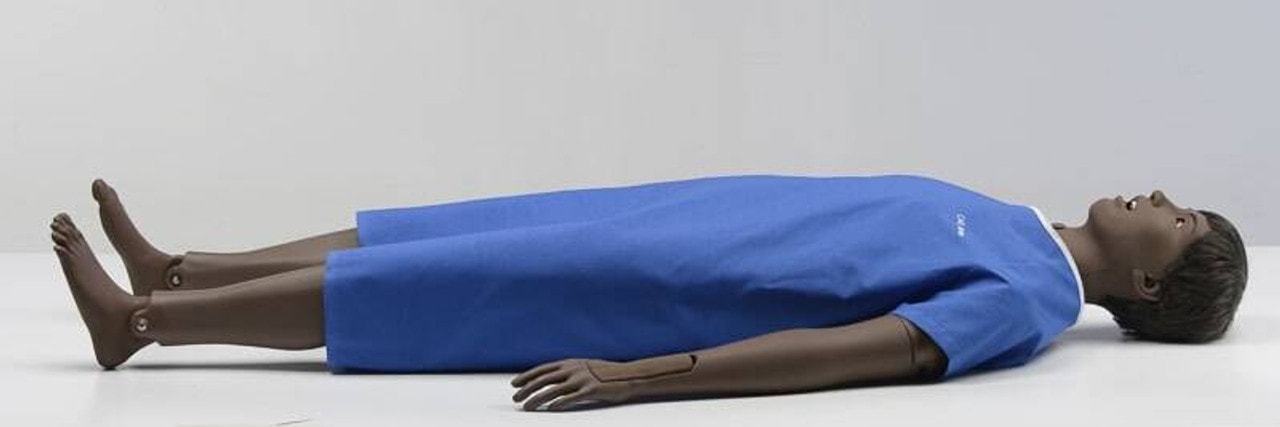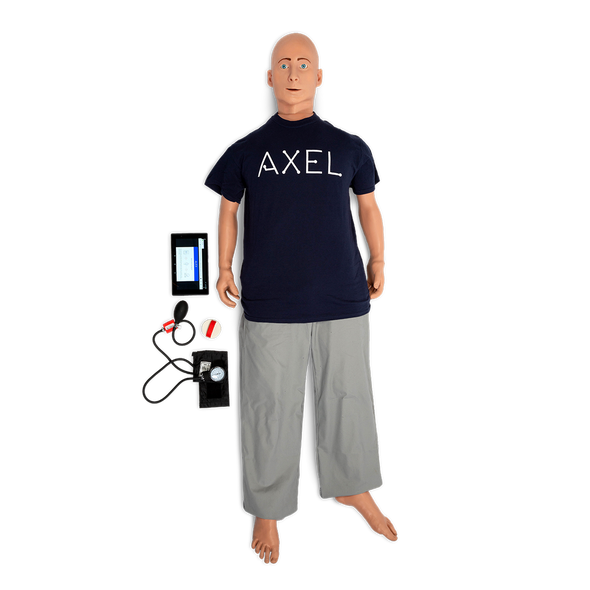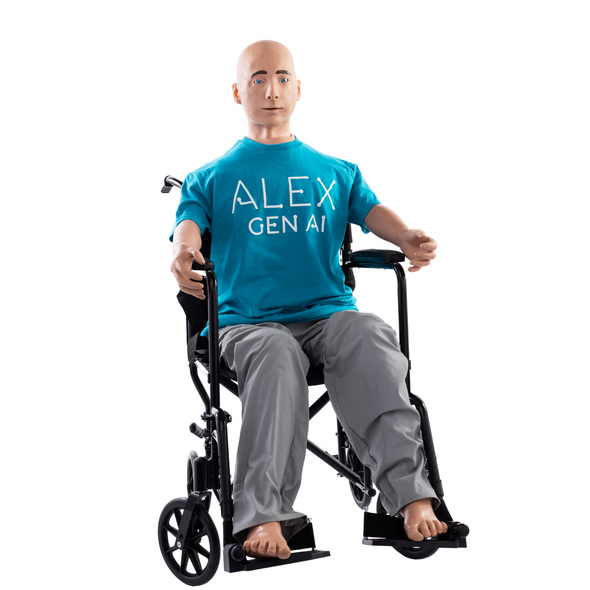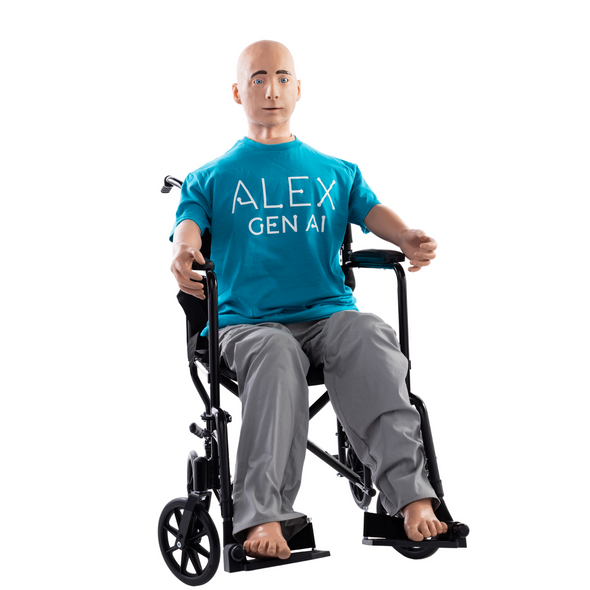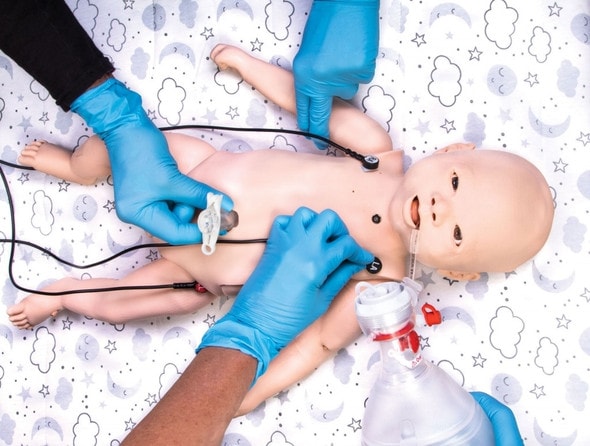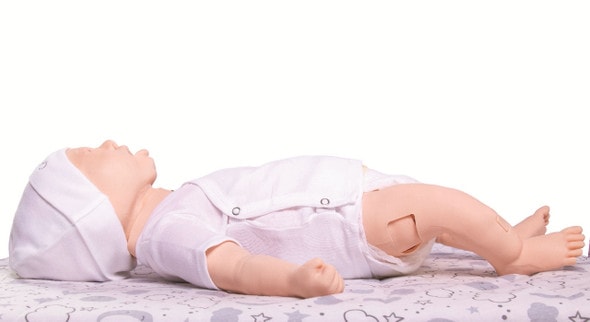Description
Realistic Soft Tissue Shoulder Injection Trainer for Precision Practice
The Soft Tissue Shoulder Injection Trainer with Skin is designed to provide healthcare professionals and students with an authentic, hands-on training experience. This high-quality simulator replicates the feel and resistance of real human tissue, helping learners practice accurate intramuscular and subcutaneous injection techniques. Perfect for nursing programs, medical schools, and clinical skills labs, this trainer builds confidence through safe, repeatable practice. Enhance your training sessions with this essential teaching tool today.
Train with Confidence on Essential Injection Techniques
This trainer allows learners to practice multiple injection skills, from identifying landmarks to proper needle placement and angle. The lifelike soft tissue and replaceable skin surface provide realistic feedback, making it ideal for honing tactile precision. Students and professionals alike can strengthen their understanding of anatomical structures and improve technique without patient risk. It is an invaluable resource for mastering injections in a controlled, supportive learning environment.
Engaging, Hands-On Training for Clinical Excellence
With this shoulder injection trainer, you’ll gain:
- Confidence in intramuscular and subcutaneous injection techniques.
- Realistic practice with lifelike soft tissue feedback and skin puncture resistance.
- Safe, repeatable training without the risk of harming patients.
- Support for nursing, medical, and allied health education programs.
- A versatile tool for skill assessments, demonstrations, and classroom use.
Features That Support Realistic Practice
- Lifelike skin and soft tissue for realistic tactile feedback.
- Durable, reusable trainer designed for repeated practice.
- Supports both intramuscular and subcutaneous injection training.
- Easy-to-clean surface and replaceable components for extended use.
- Portable and lightweight design for classroom or clinical lab settings.
Technical Specifications of the Product
- Product dimensions: 64 in x 20.5 in x 10 in.
- Product weight: Approx. 50 lbs.
- Included with purchase:
- Juno Simulator
- IV arm and NIBP arm
- Instructor operating device
- Maestro standalone license
- Physiology license
- 10 Simulated Clinical Experiences
- Gender conversion kit (male and female chest skins, wigs, genitalia)
- Juno Moulage Starter Kit (geriatric mask, 6-piece sticky wound kit, pitting edema sticky pads, injectable abdomen with protection plate and belt, peripheral IV catheterization arm, clear)
- Juno injection site consumables kit
- 5-year manufacturer's warranty
- OPTIONAL
- All-in-one computer for patient monitoring
- Tablet computer for patient monitoring
- Juno Premium OBGYN Moulage Kit (breast exam, fundus assessment, post mastectomy)
- Medium OBGYN Kit
- Dark OBGYN Kit

